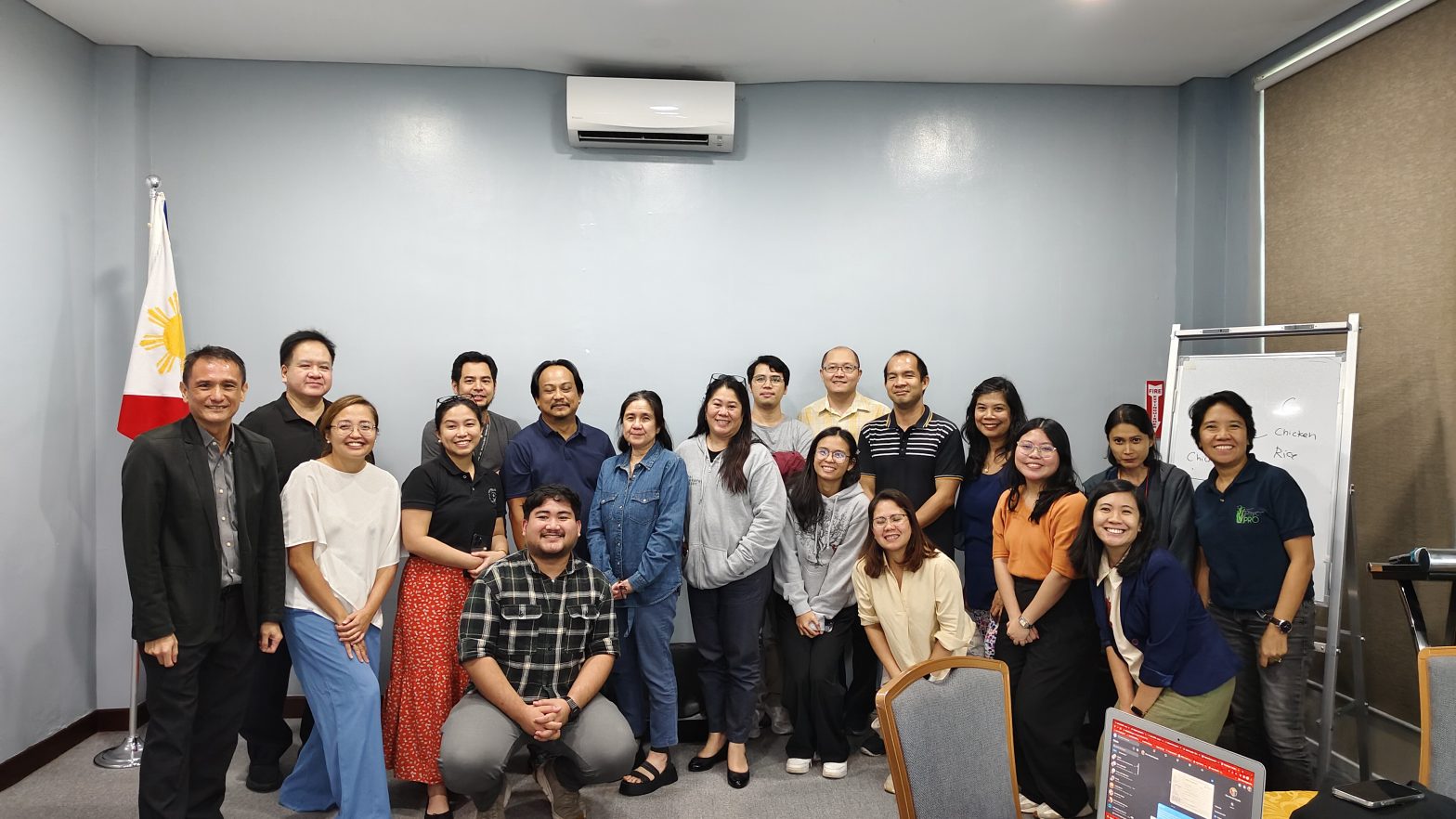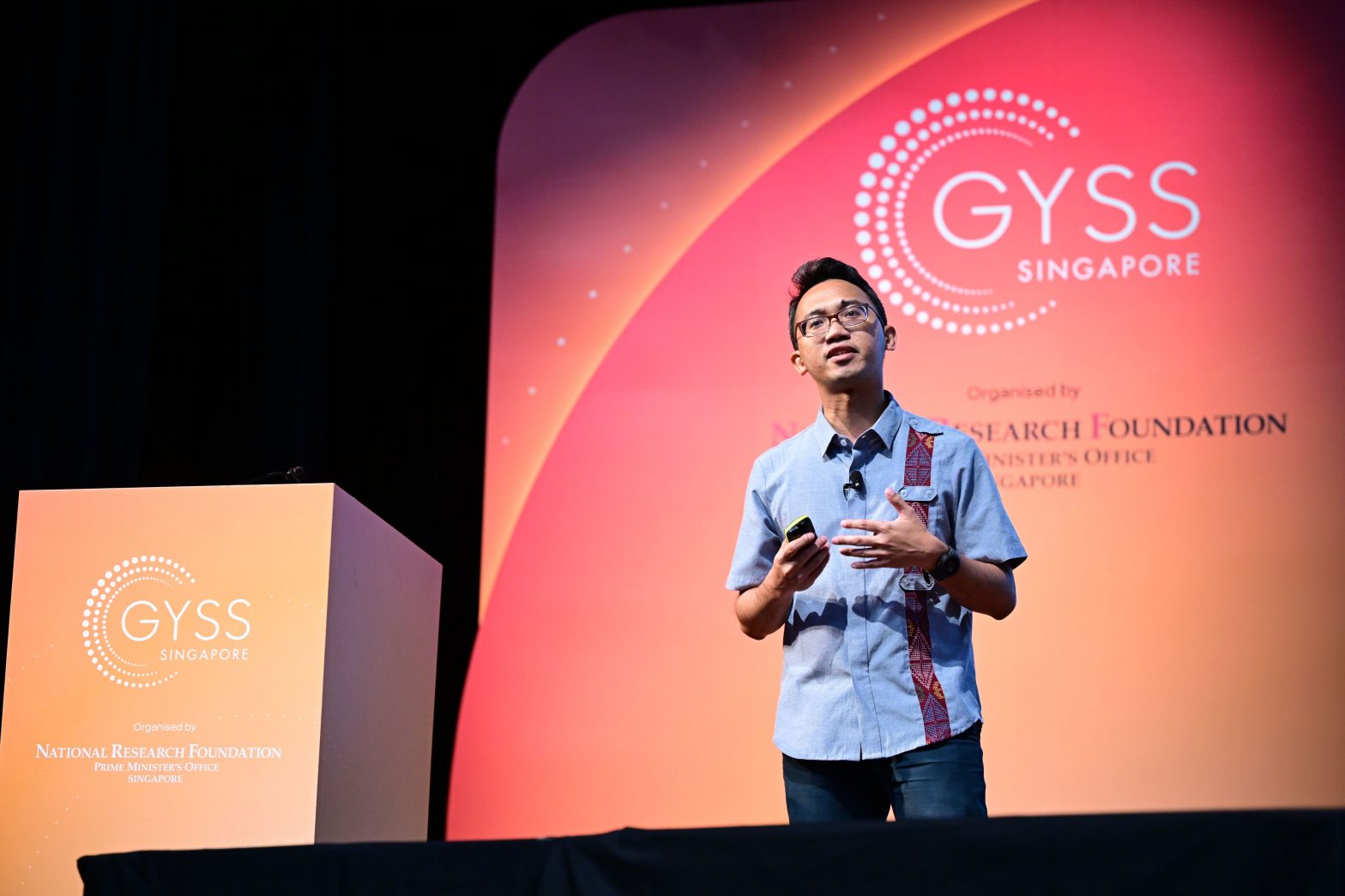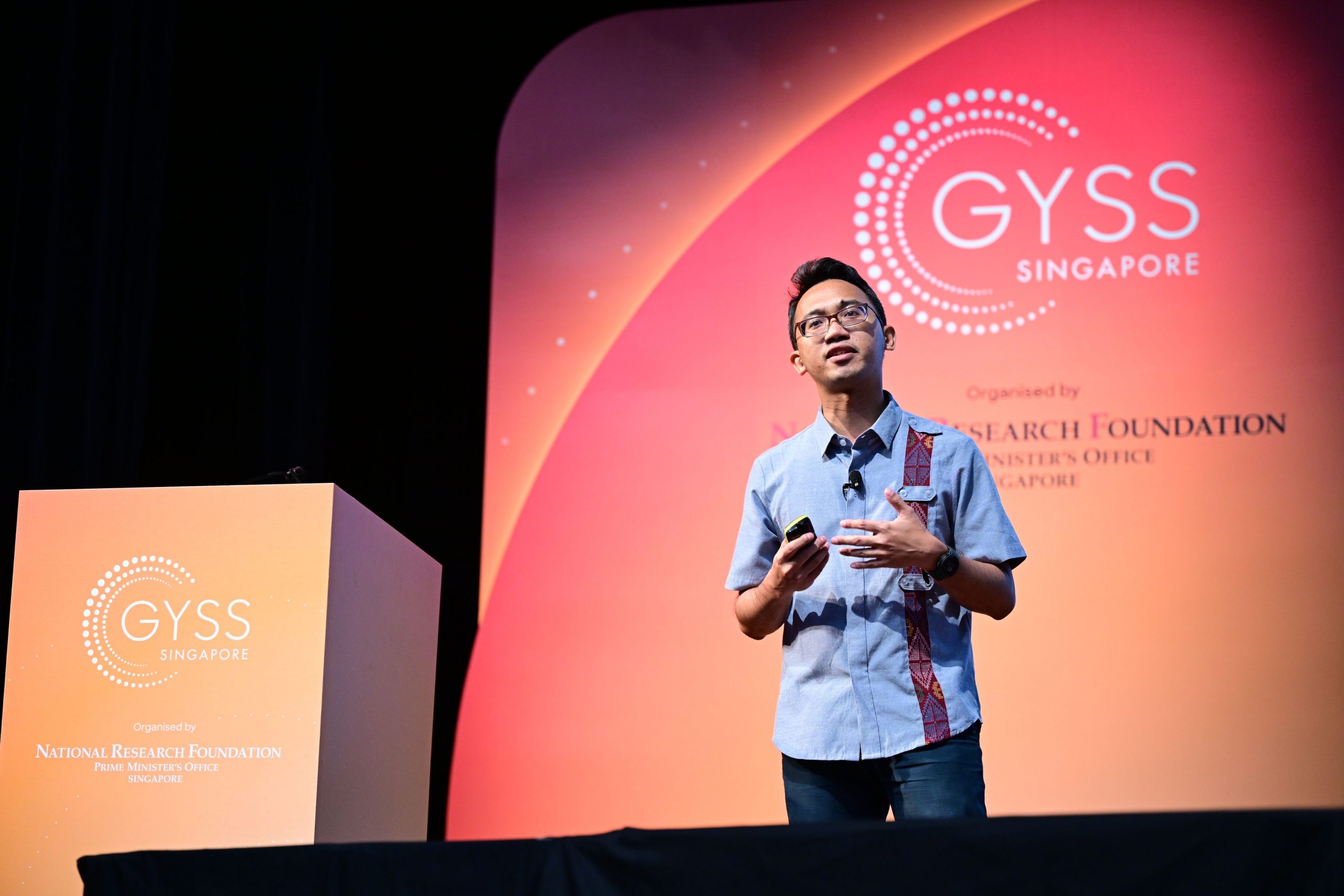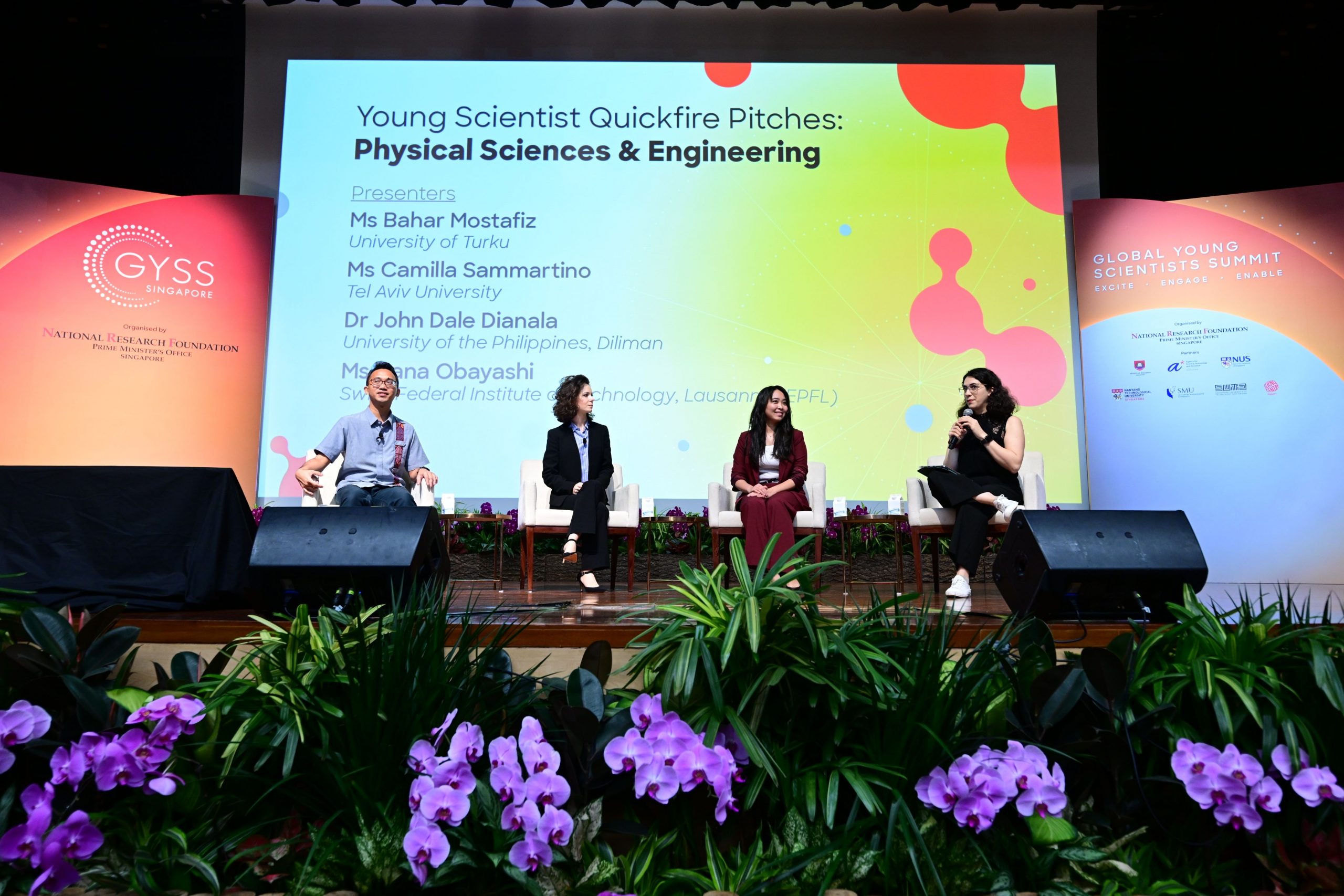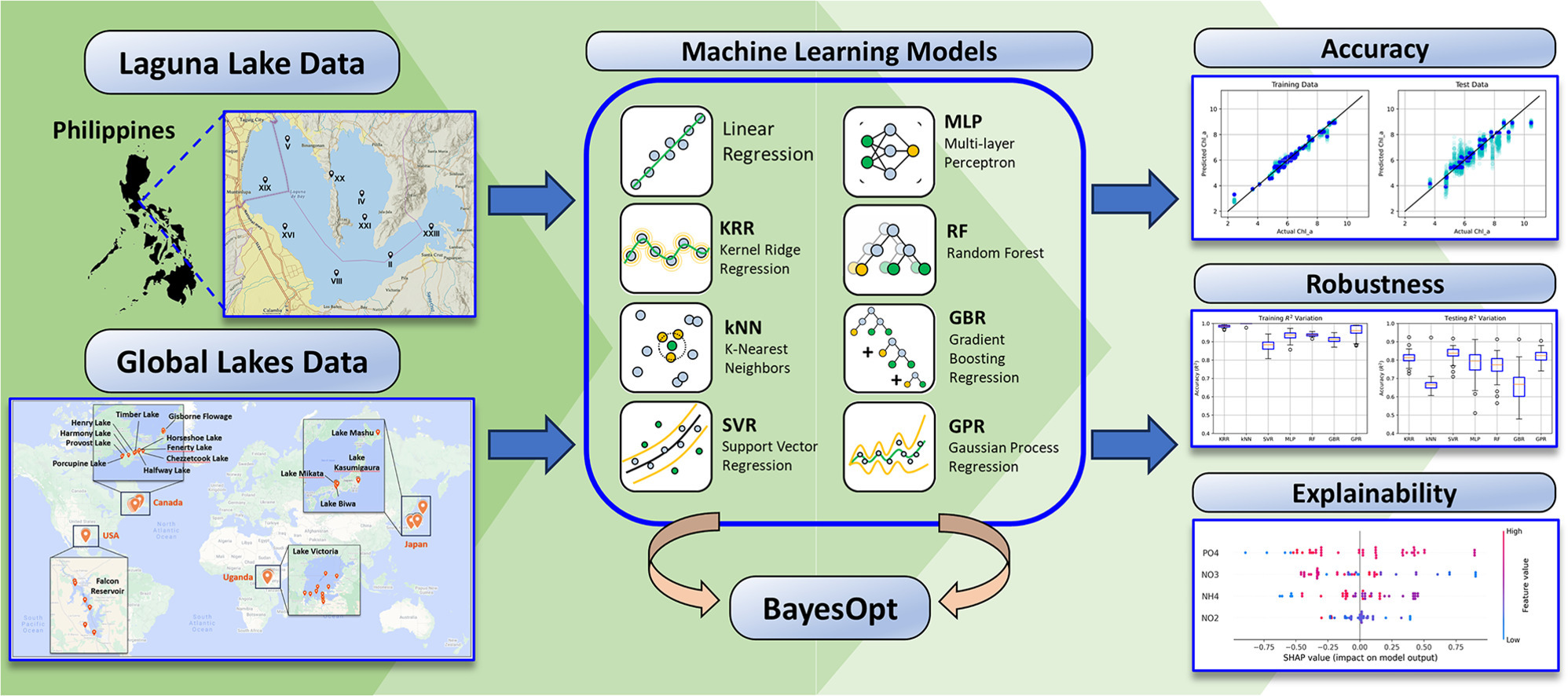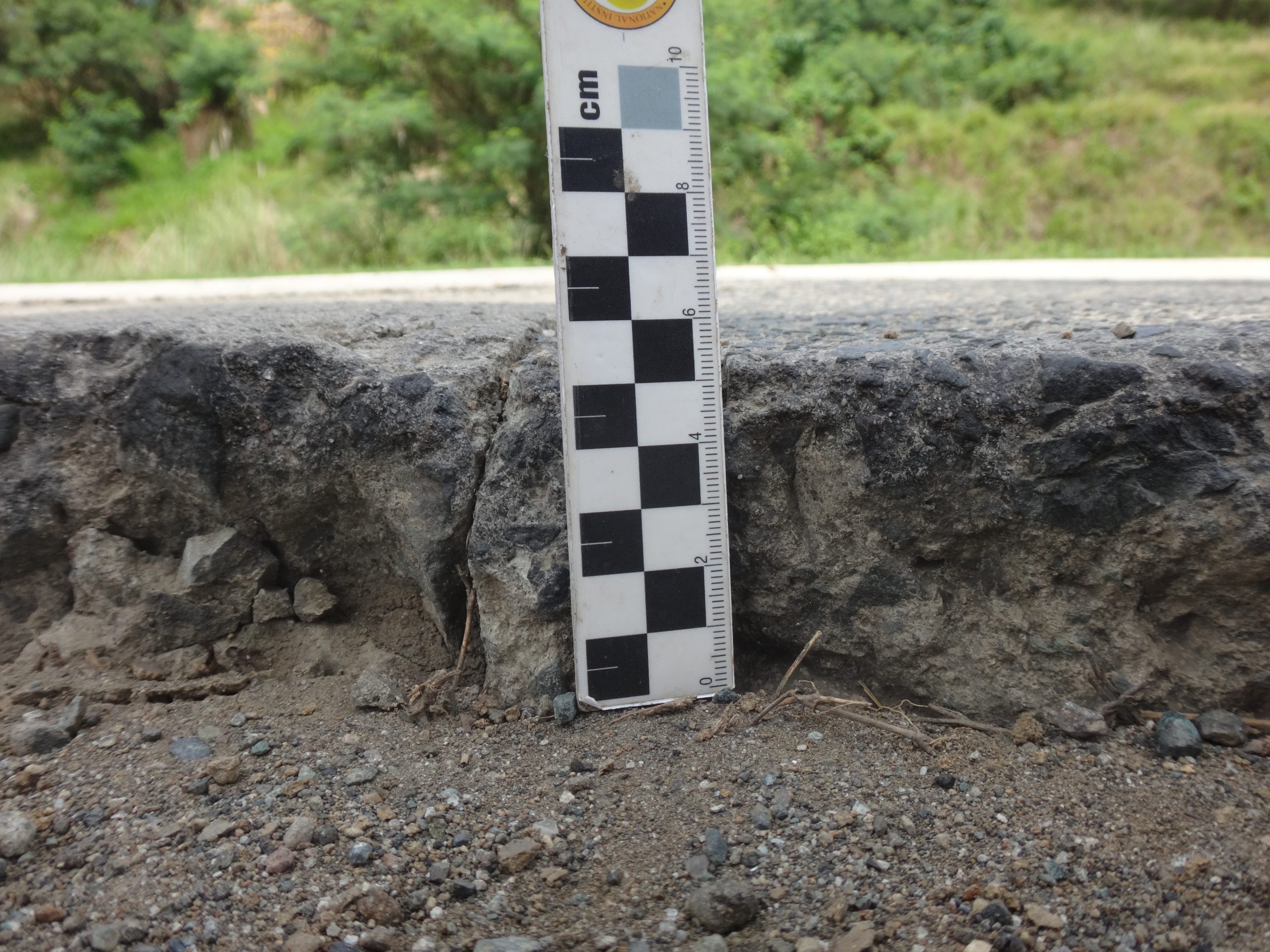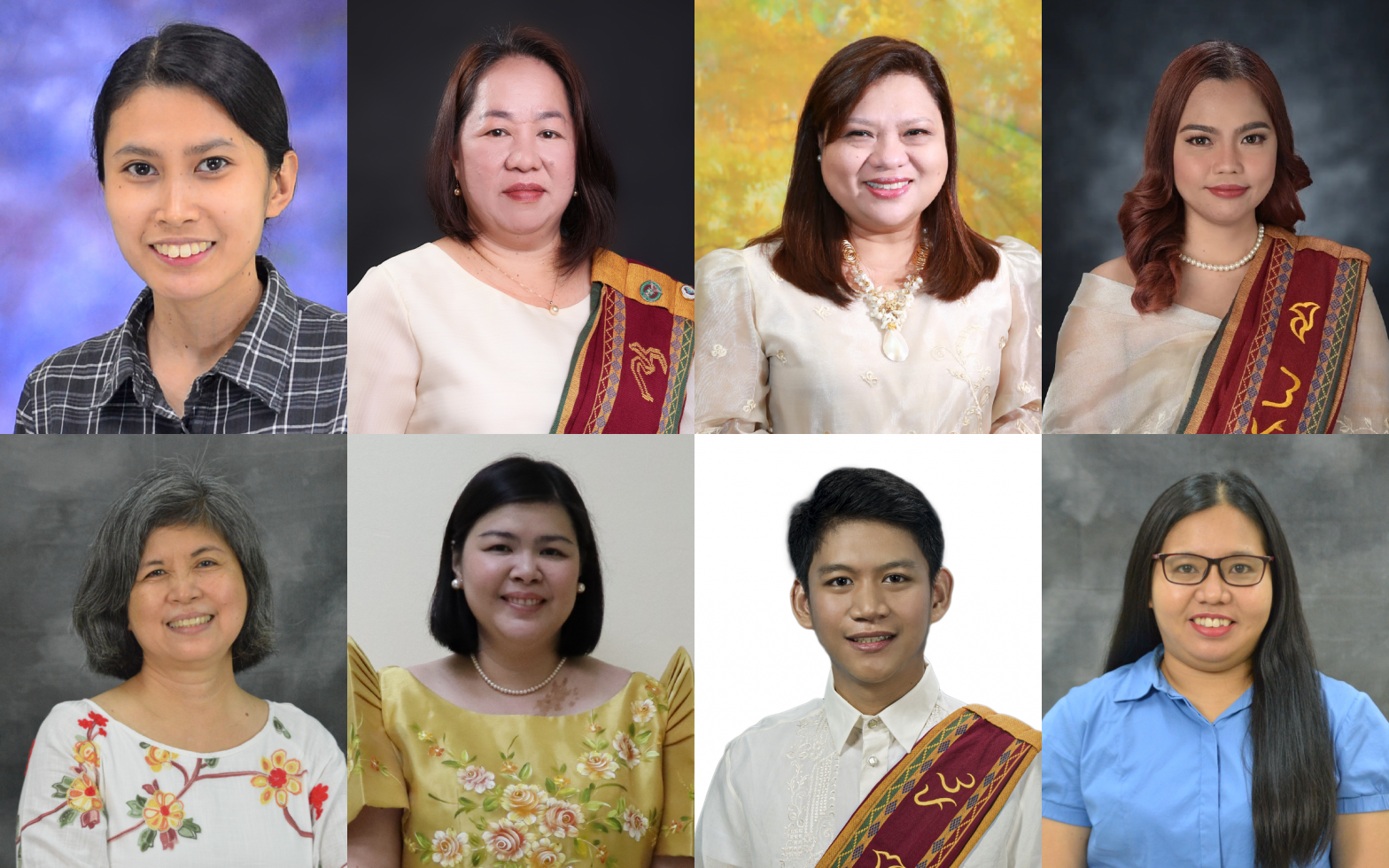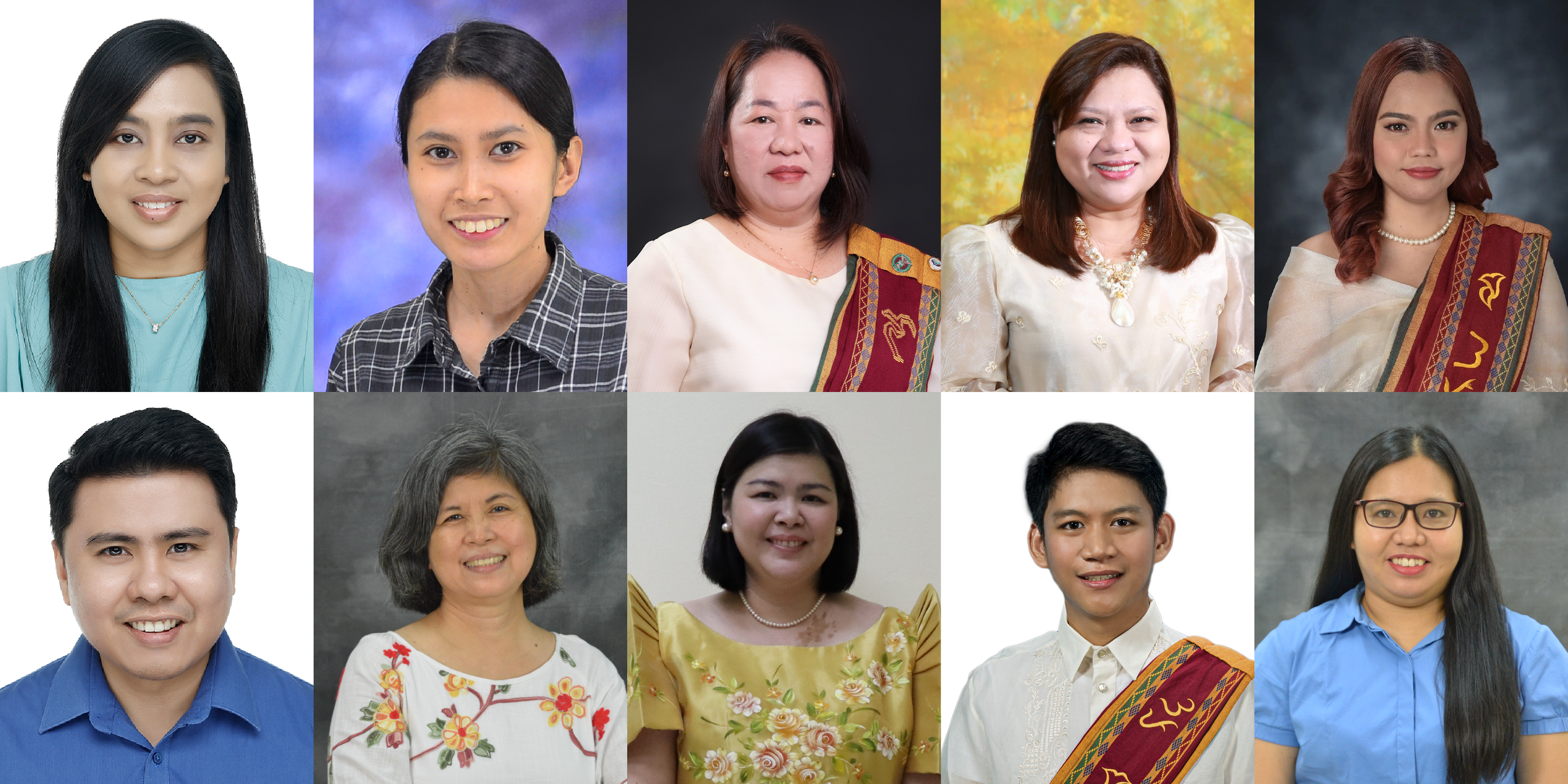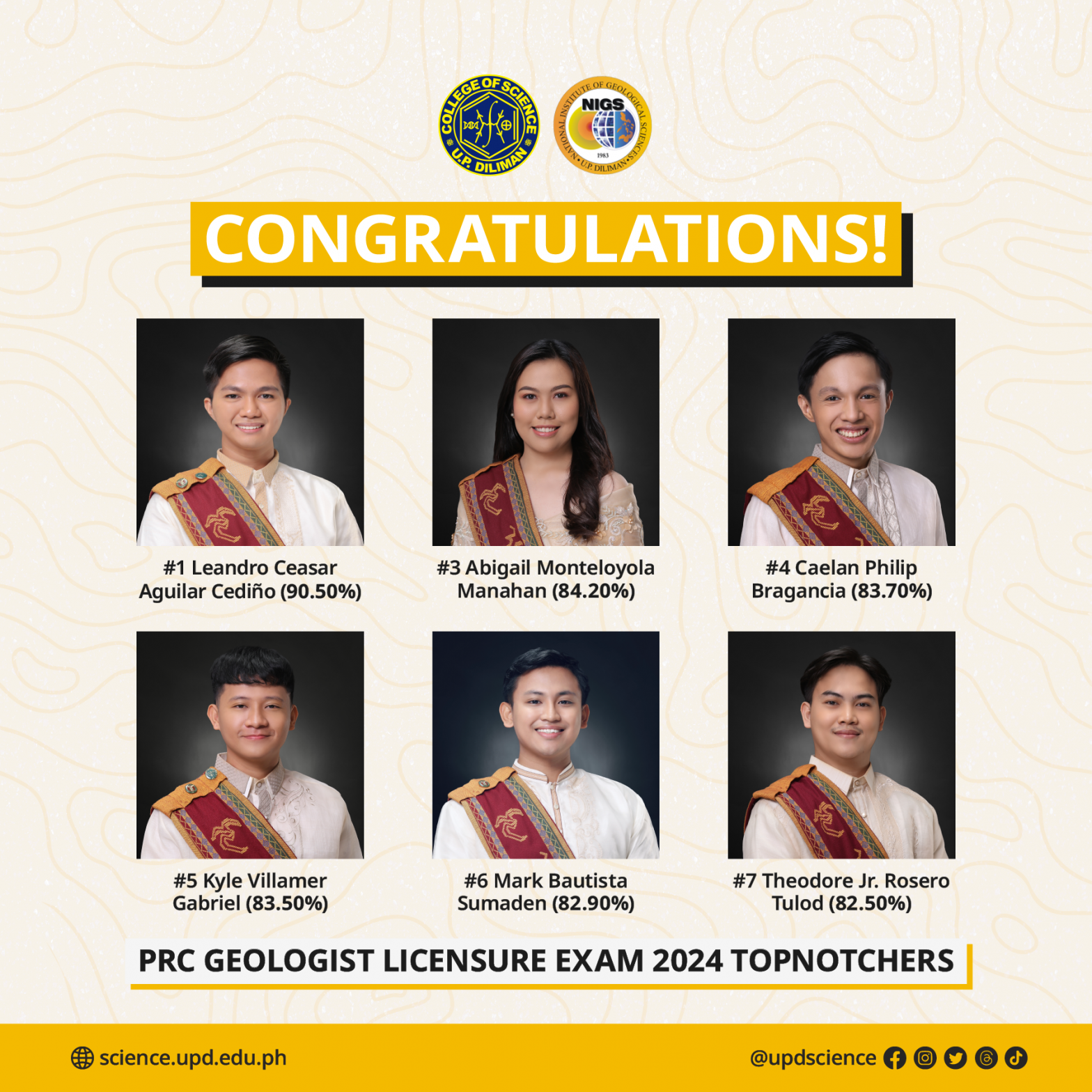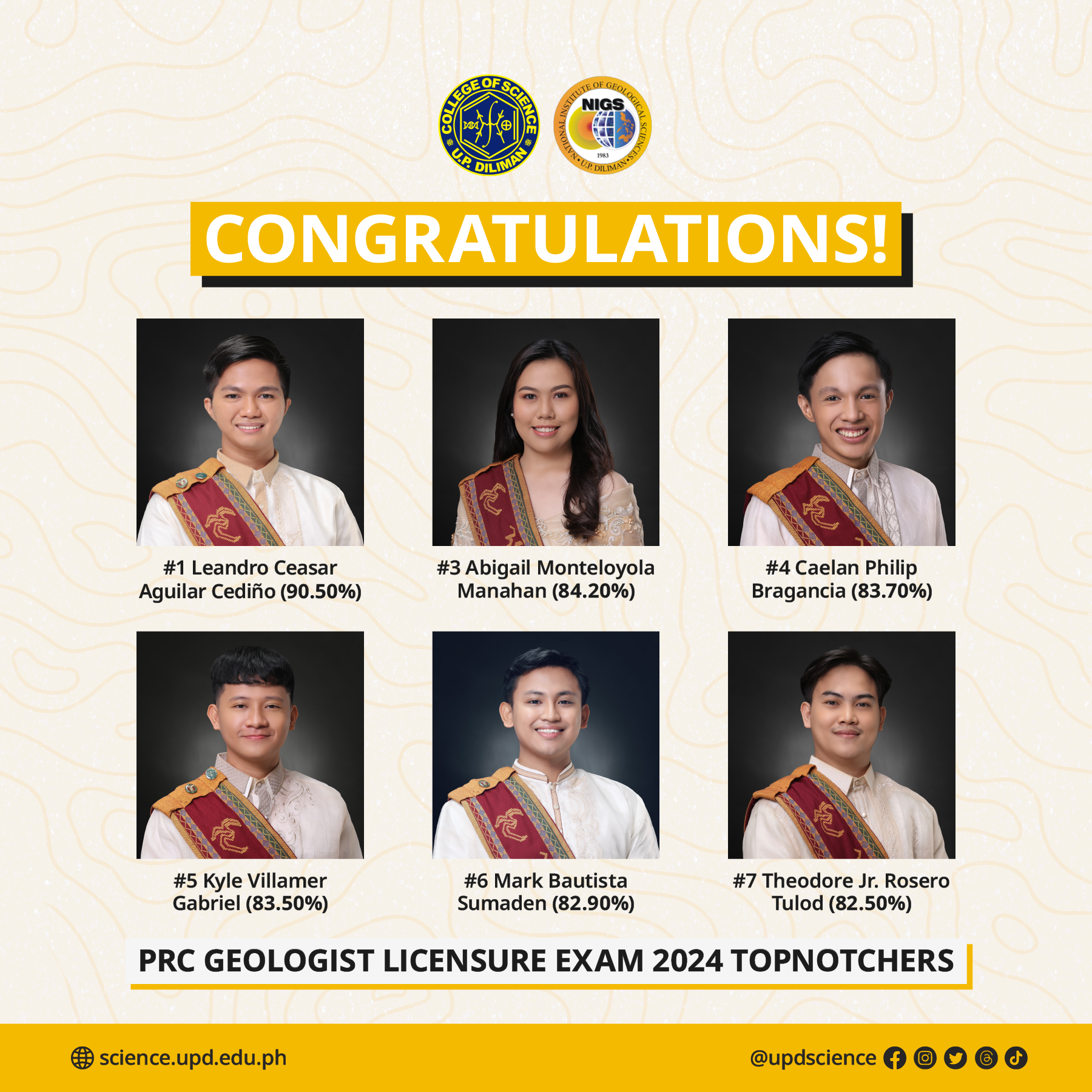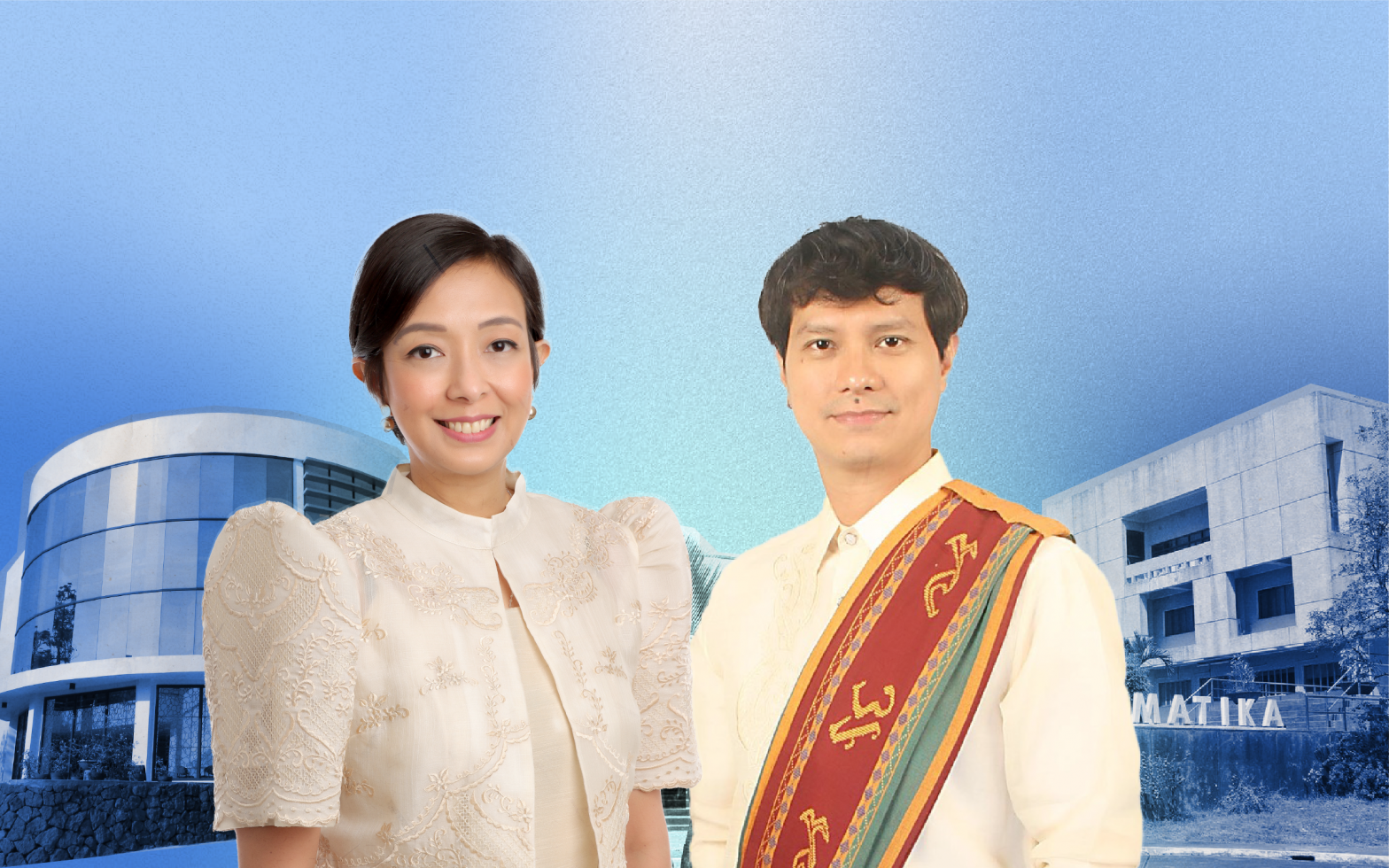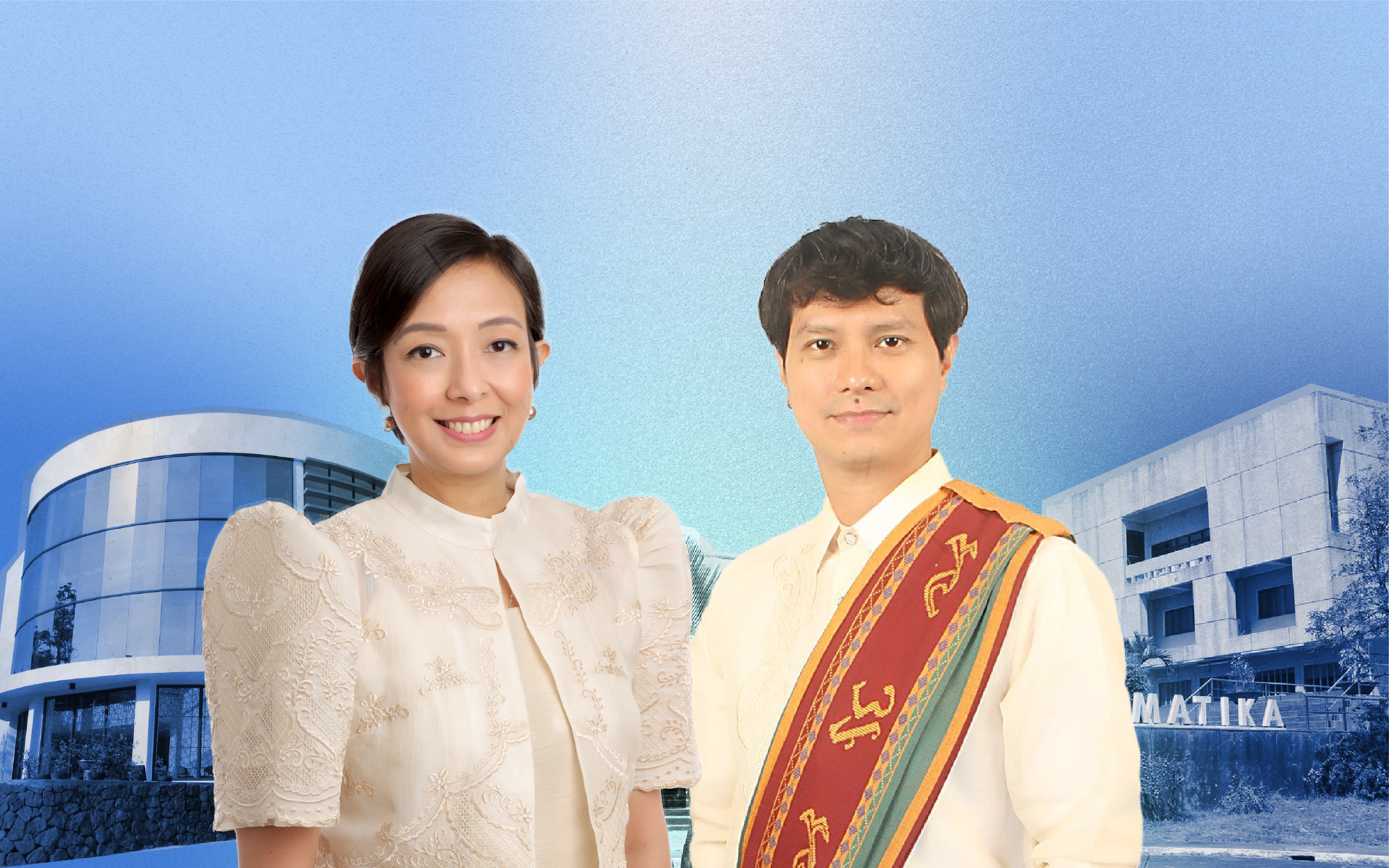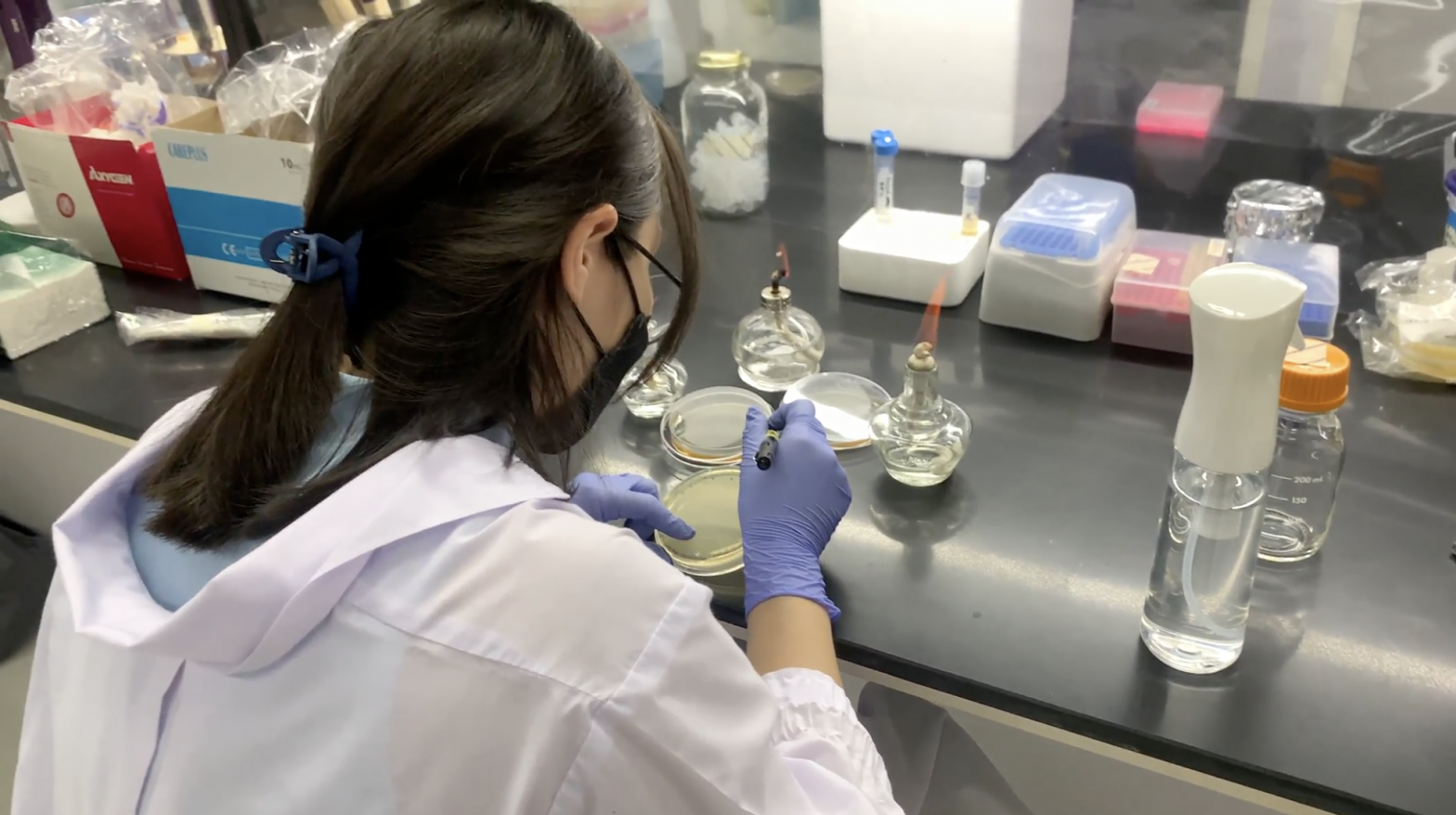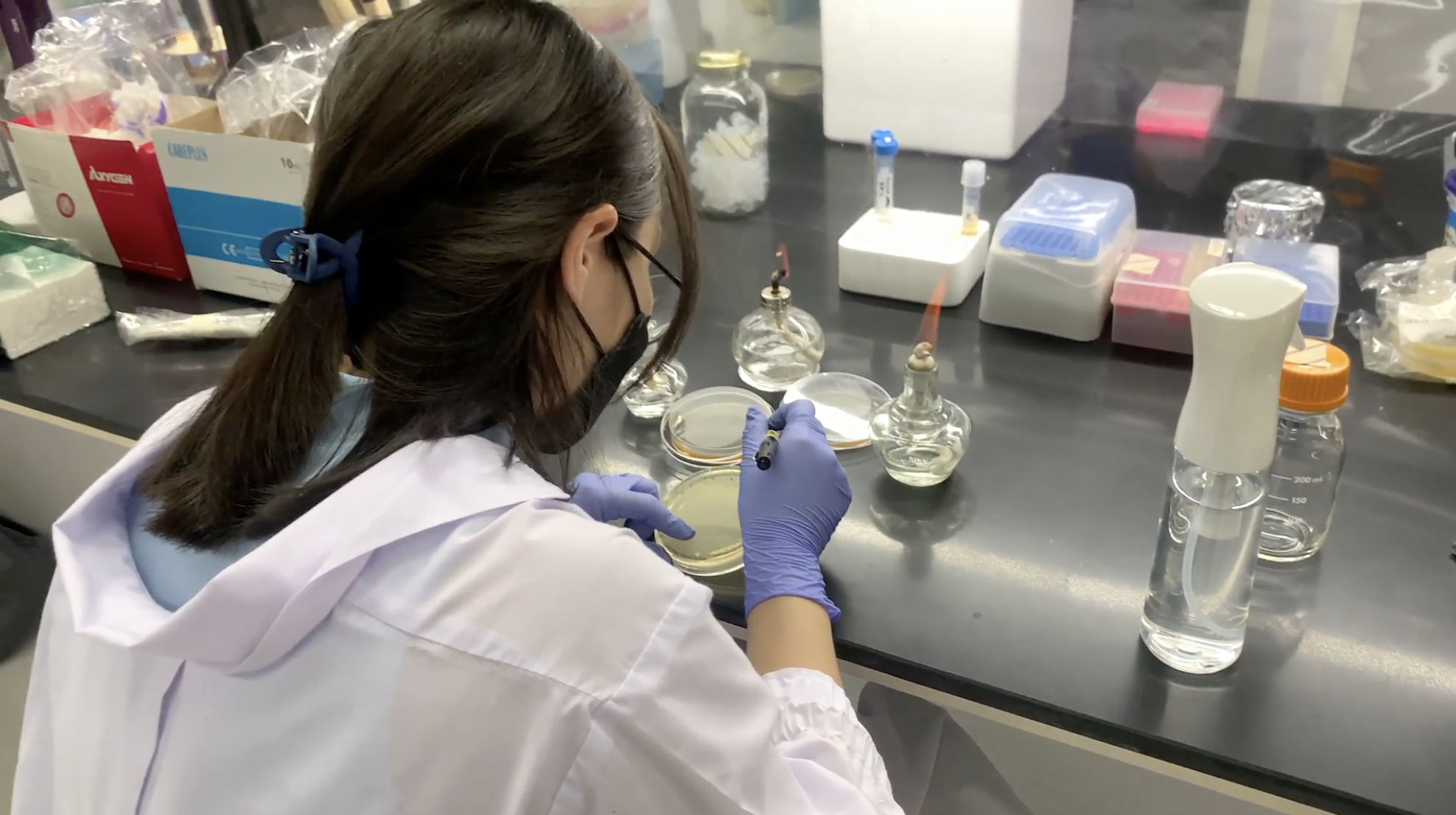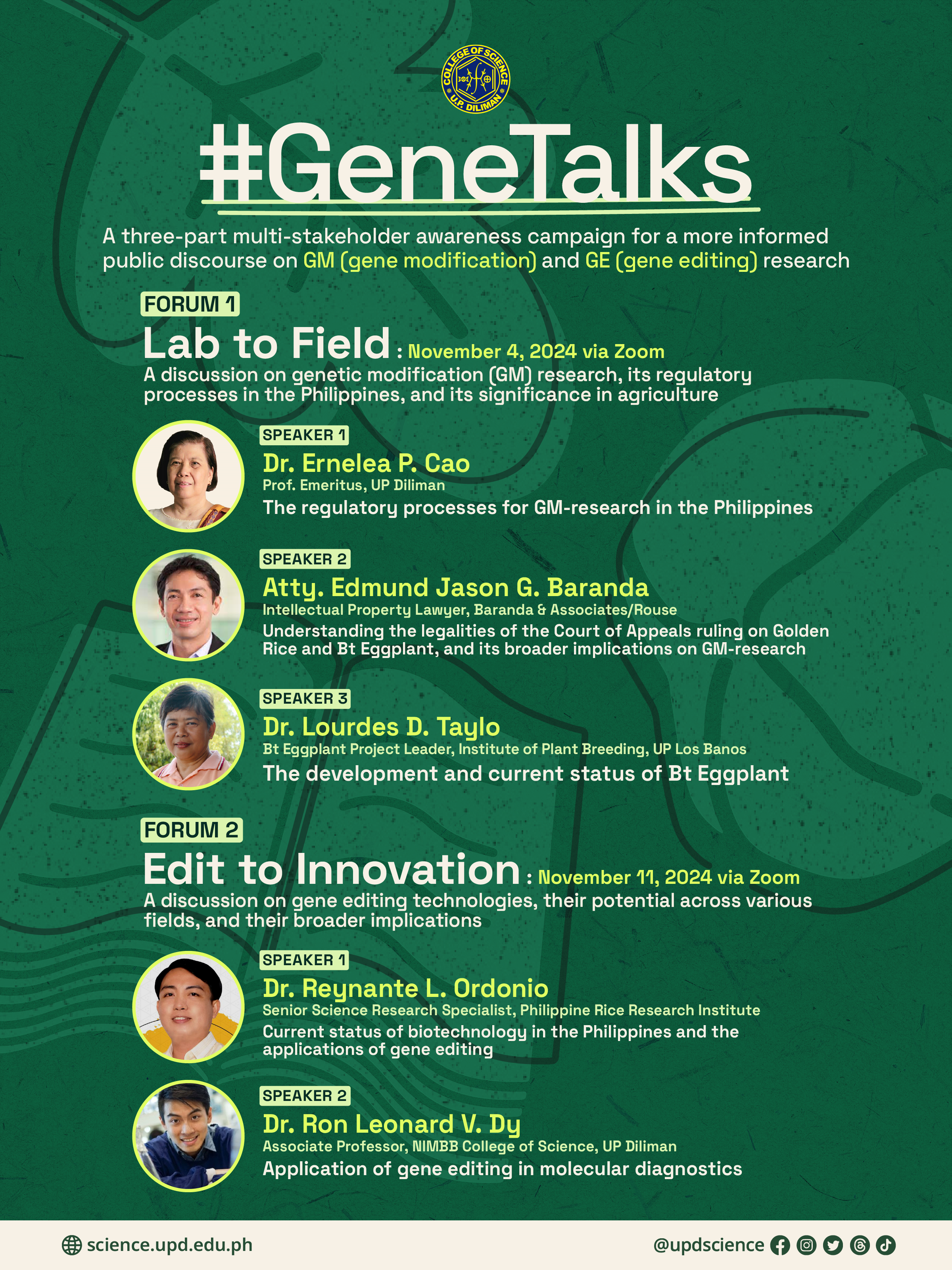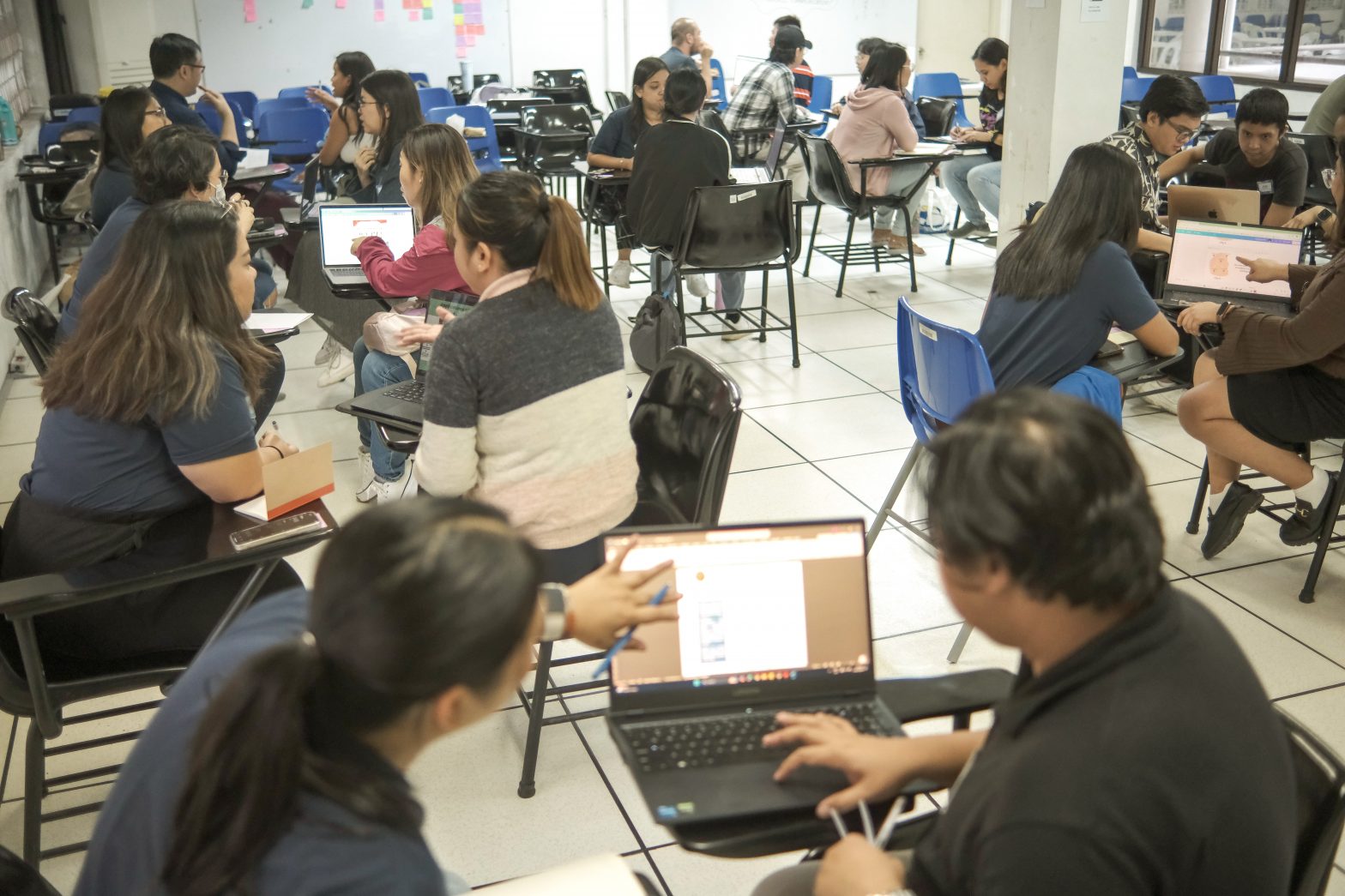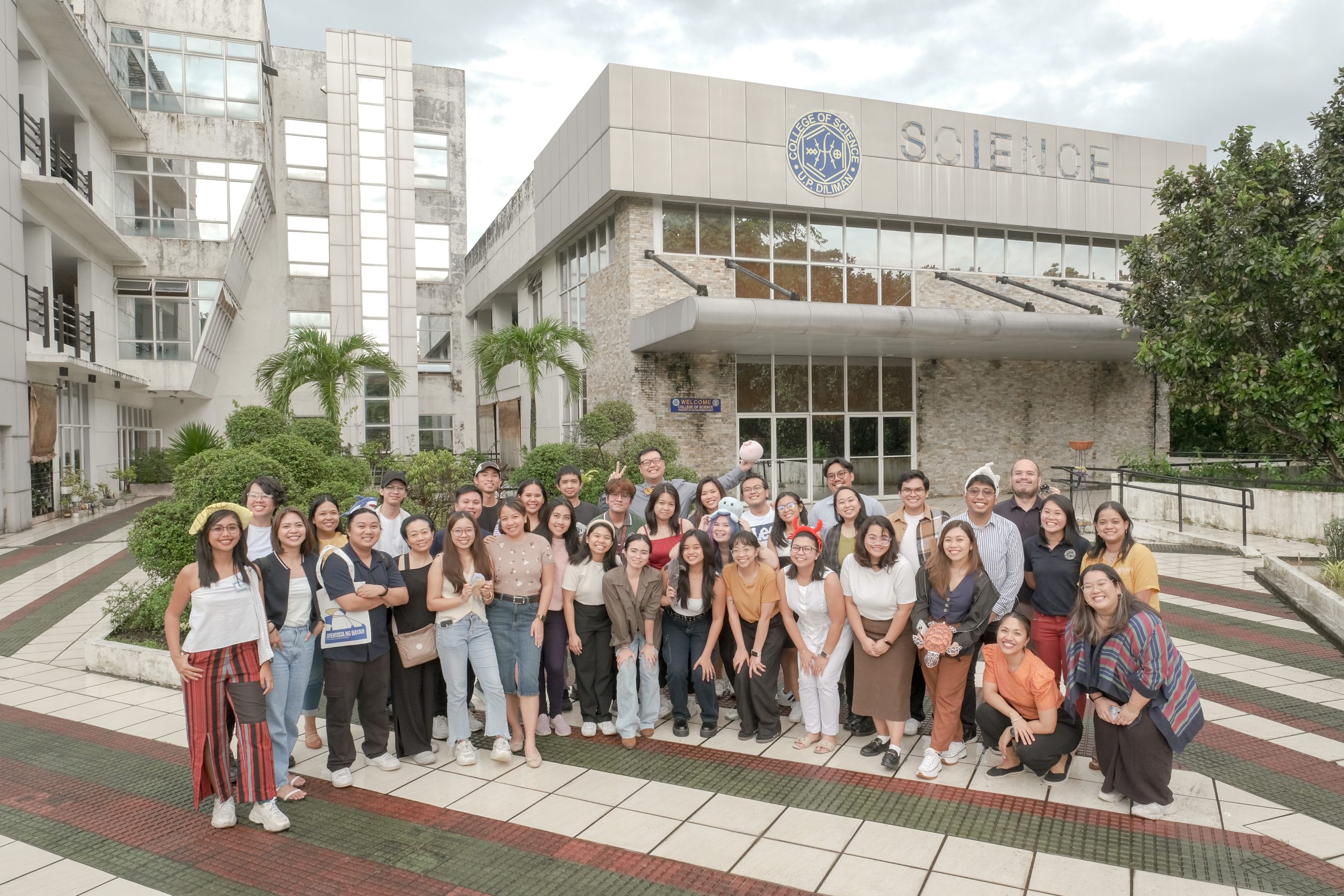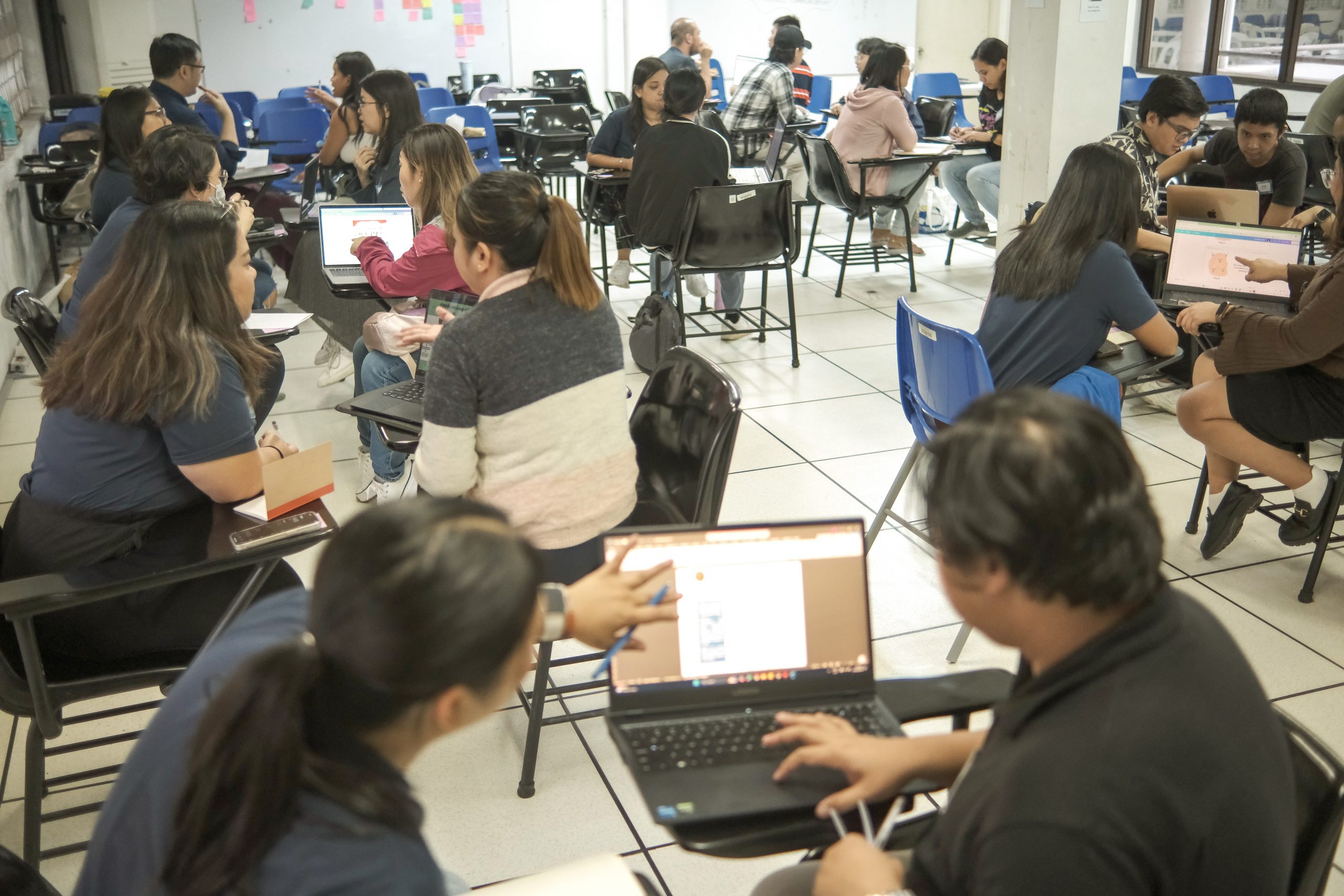UPD-CS Spearheads Workshop on Promoting Innovation and Industry Collaboration
Published: January 24, 2025
By: Eunice Jean C. Patron
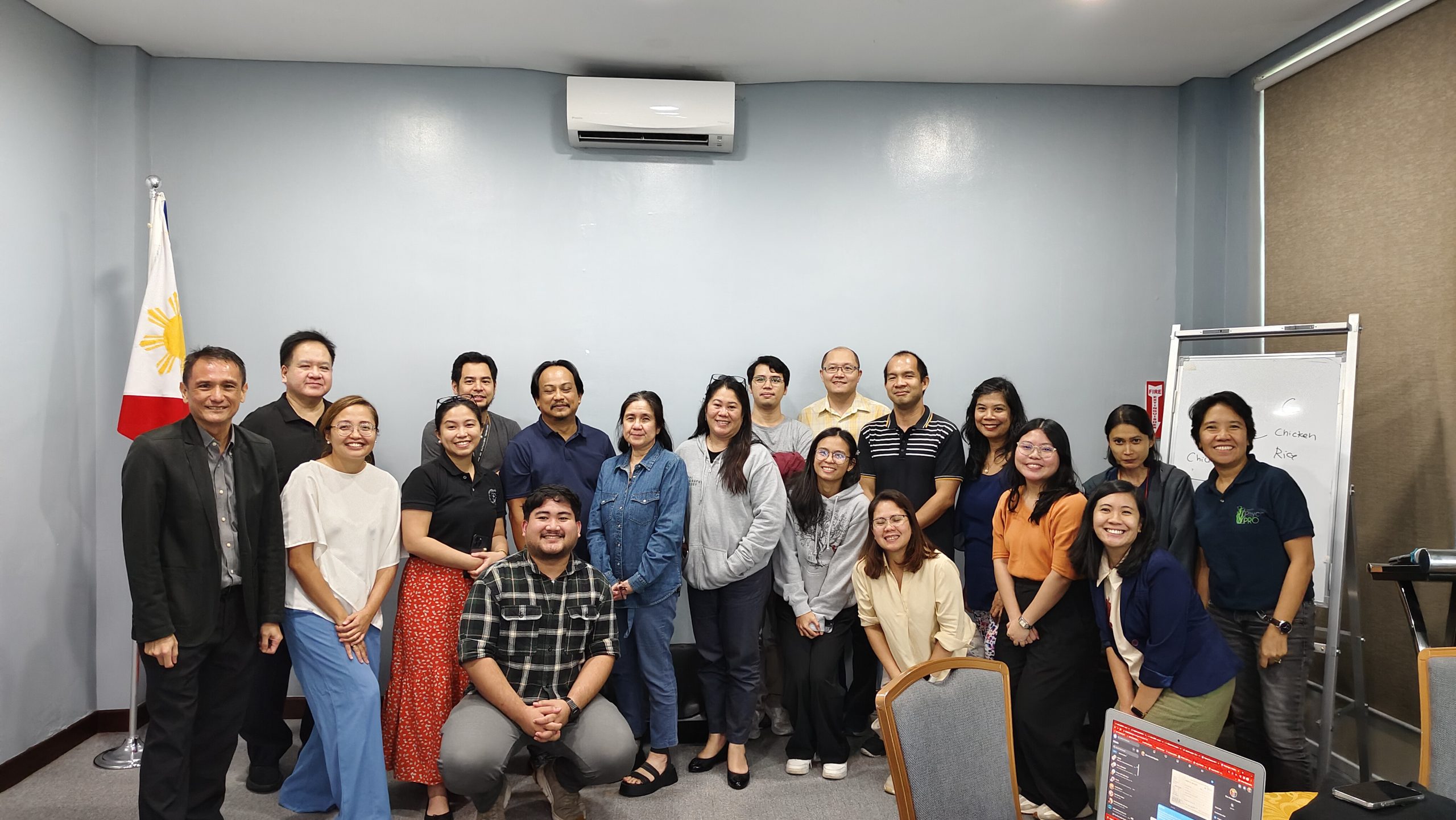
Institutions around the globe are working toward creating scientific innovations to address the challenges faced by humanity. Likewise, Filipino scientists are striving to find solutions to the Philippines’ concerns.
The University of the Philippines – Diliman College of Science (UPD-CS) Innovation Committee, under the Science and Society Program (SSP), held an Objectives, Goals, Strategies, and Measures (OGSM) Workshop last year to spark a discussion on innovation.
The OGSM workshop aims to help Innovation Committee members and designated individuals from the College of Science, who hold explicit or delegated responsibilities for decisions related to innovative projects within their respective institutes, better propel researchers toward innovation, connect them with industry partners, and develop a system to assist in achieving practical, utilizable outputs from their research.
Invited guests include Innovation Committee representatives and Deputy Directors for Research and Extension from each institute. Individuals who have experience in, or plans for, technology transfer within the College were also invited to join.
During the workshop, SSP Director Dr. Lerrie Ann Ipulan-Colet introduced SSP’s CAPE Innovation Program for 2023-2025, which stands for Collate and Categorize theses, dissertations, and research publications, Build Awareness, Prepare researchers and students to develop products from their research, and Exposure and Immersion of the College of Science to Innovation Opportunities. The CAPE Innovation Program serves as the UPD-CS’ initiative to promote scientific advancement for nation-building by encouraging its constituents to pursue research, collaborate with institutions, and protect their research outputs.
Innovation Committee Consultant Engr. Rolando Lazo facilitated the workshop proper, covering several key topics such as the rationale, statistical insights, and a summary of the pre-workshop meeting held on October 14. Engr. Lazo also helped gauge the participants’ understanding and concerns regarding the current direction of UPD-CS’ innovation efforts.
Serving as the final session of the workshop, participants were divided into small groups to share innovation strategies they had encountered, highlighting both effective and challenging experiences, as well as the resources and actions needed to ensure success moving forward.
“The workshop provided in-depth discussion on the experiences of people who have gone through the innovation process,” one attendee said. Another participant expressed their hope that “the fruits of the meeting will be materialized properly into the Innovation Committee.”
The second day of the workshop will be held this year, wherein the participants will dive into the concept of societal impact, exploring its definition and relevance to their innovation initiatives. The workshop will also include a value proposition exercise designed to refine the participants’ understanding of their innovative research.
For interview requests and other concerns, please contact media@science.upd.edu.ph.

